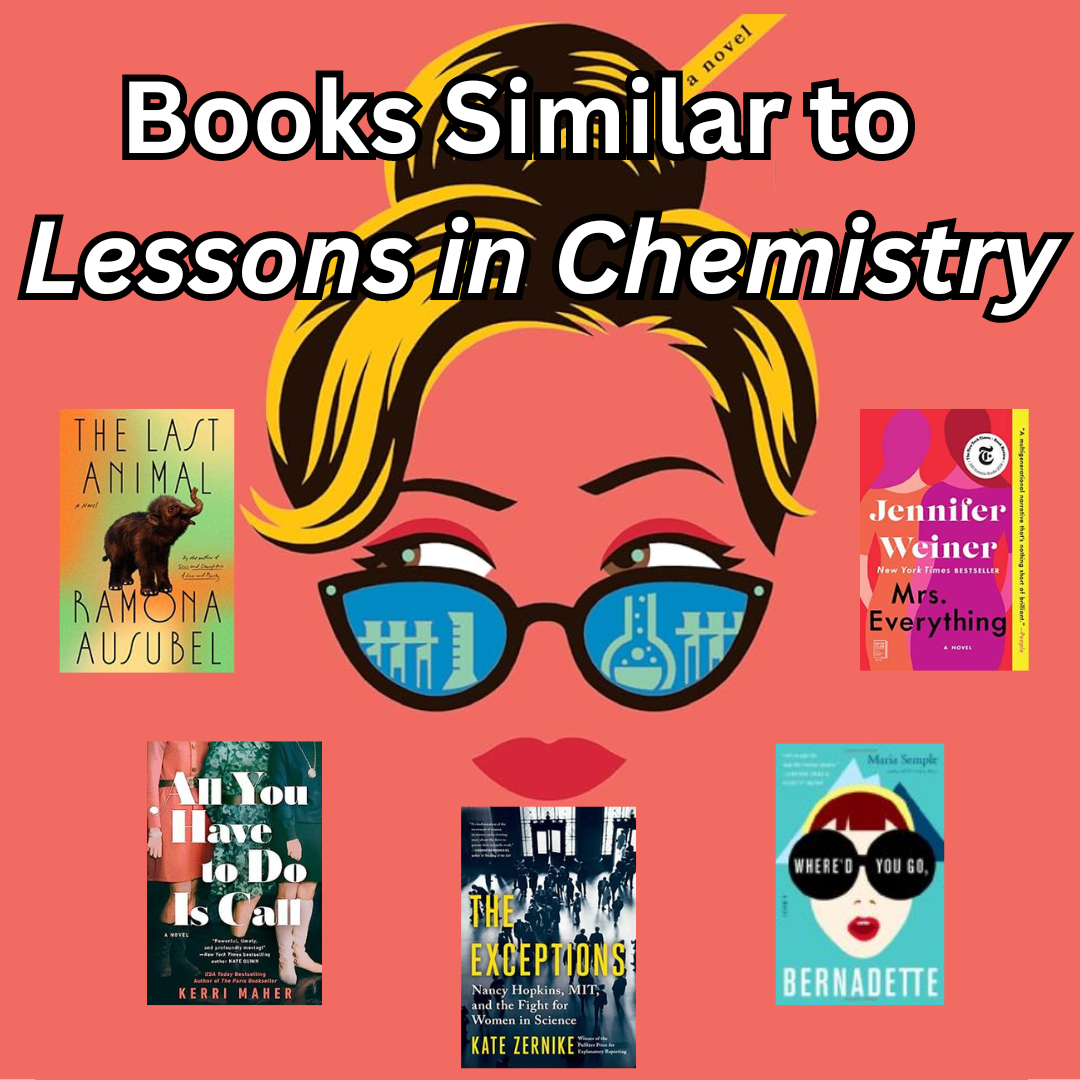
Lessons in Chemistry by Bonnie Garmus has been a big hit. This 2022 debut, following chemist Elizabeth Zott in the 1960s as she finds herself hosting a TV cooking show, has sold more than six million copies worldwide and has been translated into 42 languages. Praised for its wry, infectious humor and feminist voice, the novel is the recipient of a Goodreads Choice Award, was voted a BookBrowse Best Book of the Year by our subscribers and remains a popular book club pick beloved by readers. It's even been adapted into a TV series starring Brie Larson. But if you've already read it and loved it, where do you go from here? What are some books like Lessons in Chemistry, with a similar atmosphere or story? Below, we share our read-alikes for Garmus's novel, which we think would be perfect for you if you're a fan. We hope you enjoy them!
You can also check out other BookBrowse read-alikes (picked by our team, never by algorithm) available for more than 4,500 contemporary books and 3,500 authors. Head over now to easily find relevant recommendations based on the last great book you devoured, or a favorite writer.
"When we want a book exactly like the one we just finished reading, what we really want is to recreate that pleasurable experience--the headlong rush to the last page, the falling into a character's life, the deeper understanding we've gotten of a place or a time, or the feeling of reading words that are put together in a way that causes us to look at the world differently. We need to start thinking about what it is about a book that draws us in, rather than what the book is about."
—Nancy Pearl, on The Four Doors to Reading
Readers often ask us how BookBrowse's Read-Alikes are selected. Companies like Netflix, Amazon, and GoodReads use complex algorithms to generate recommendations, so I think lots of readers assume we do, too. Our method is a lot less high-tech (actually, no-tech), and far more personal: we pick them by hand. But what criteria do we use to select them? When we read about librarian Nancy Pearl's Four Doors to Reading (also known as the Rule of Four), we realized she was pretty much describing how we think about our Read-Alikes. Pearl asserts that "all works of fiction and narrative nonfiction are broadly made up of four experiential elements: story, character, setting, and language." She refers to these elements as doorways, some of them larger or smaller depending on the dominant element of each book: